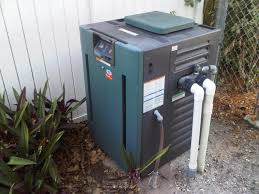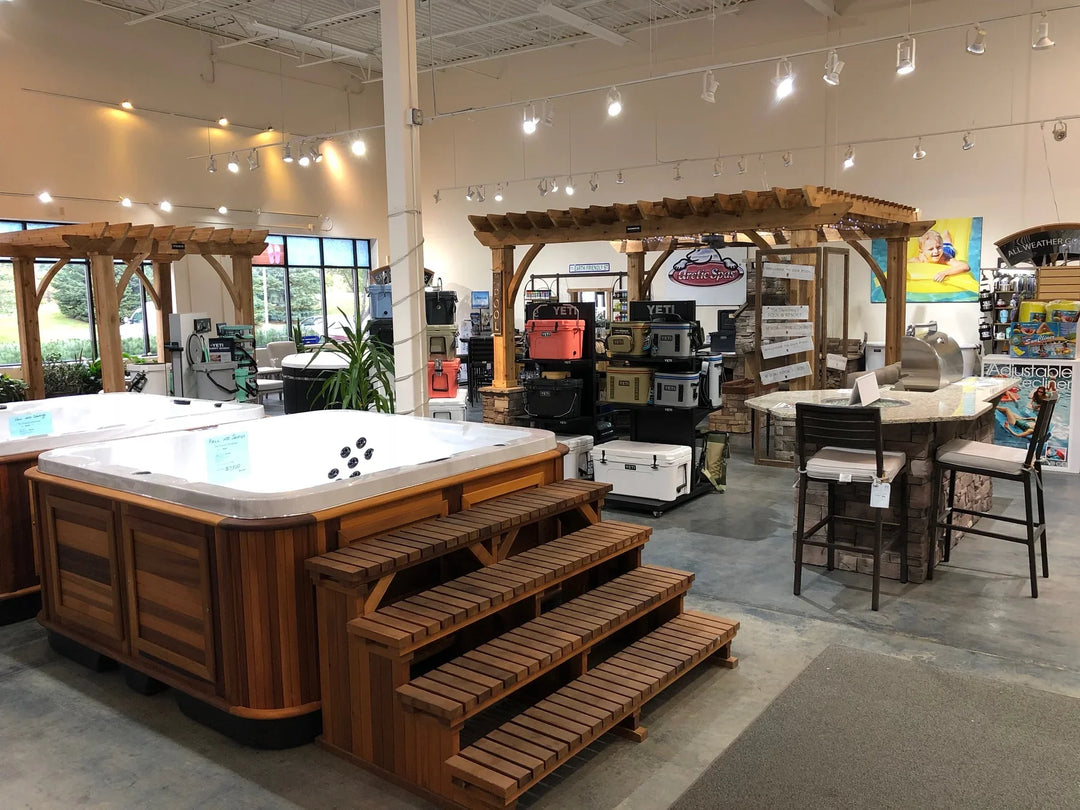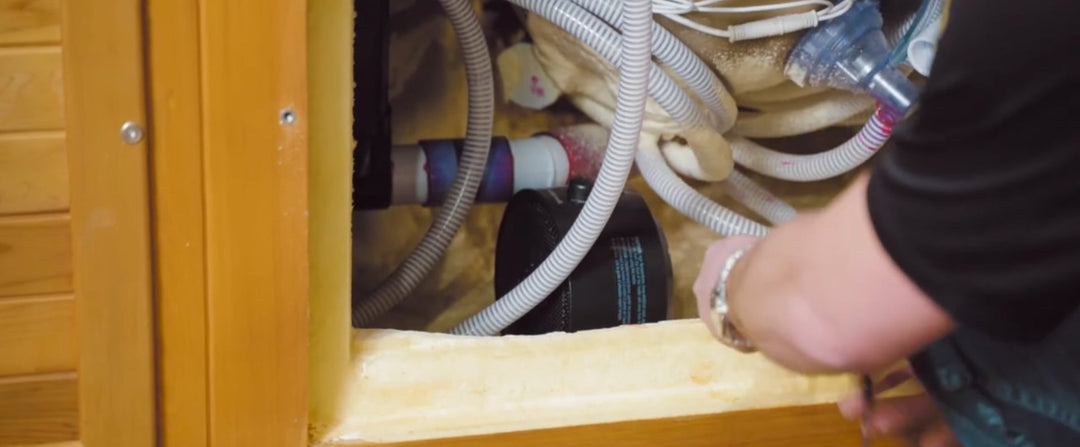🏋️ In-Ground Pool Anatomy
Understanding how your in-ground pool works is key to keeping it running efficiently. Below is a breakdown of the essential components of a typical in-ground pool and how water moves through the system.
Note: Not every in-ground pool is set up exactly the same way, but the logic is universal: water is pulled in through a skimmer and/or main drain, passed through a filter system, and returned to the pool through return jets.
◄️ Suction Side of Your Pool
🐿 Skimmers
Built into the pool wall, skimmers draw water from the surface and house a plastic basket that captures leaves, bugs, and debris. This prevents large debris from entering your pool pump.
💧 Main Drains
Located at the deep end of the pool, main drains pull water from the bottom, complementing the skimmer. Most modern pools have two main drains for safety—this splits the suction in case one is blocked.
▶️ Pressure Side of Your Pool
➡️ Return Jets
Return jets push filtered water back into your pool. Proper positioning of jets helps circulate water efficiently:
-
Aim one or more jets downward and in one direction (left or right) to create a circular water flow.
-
Jets in steps are also considered return lines.
⚙️ Your Filtration System
The filtration system is made up of two primary parts: the pump and the filter.
🛎 The Pump
-
Draws water from the pool.
-
Consists of a pump housing (lid + basket + impeller) and a motor that spins the impeller.
-
Available in various horsepower levels (3/4 HP to 3 HP).
-
Larger pools require more horsepower than smaller ones.
🚰 The Filter
Filters remove debris and fine particles before returning clean water to the pool. There are three types:
⚡ Sand Filters
-
Most common and budget-friendly.
-
Use silica sand to trap particles (removes down to 25–30 microns).
-
Cleaned via backwashing.
-
Sand should be replaced every 3–5 years.
-
Available at Premier Pool & Spa.

🧼 Cartridge Filters
-
Use pleated mesh wrapped around a cylindrical core.
-
Trap smaller particles (10–15 microns).
-
Replace every 1–3 years.
-
Tip: Rotate between two cartridges for longer life.
-
Filter cleaning service available from Premier Pool & Spa.

❄ D.E. (Diatomaceous Earth) Filters
-
Most efficient filtration (1–3 microns).
-
Use powder made from fossilized diatoms.
-
Require re-coating with D.E. powder after each backwash.
-
Backwash when pressure rises 10–15 PSI above normal.
-
D.E. powder is available at Premier Pool & Spa.

🏧 Optional Equipment
🌡 Pool Heater
Heats your pool using natural gas, propane, electric, or solar. Not essential for cleaning or circulation, but adds comfort to your pool experience.
Chemical Feeder
Automatically dispenses sanitizers such as chlorine, bromine, or mineral cartridges or converts salt into chlorine. Always place after the heater to avoid damaging heater components.

Correct Equipment Order:
-
Pump
-
Filter
-
Heater
-
Chemical Feeder
💡 Need equipment or maintenance help? Contact Premier Pool & Spa or visit us at premierpools.com for more information and product availability.





